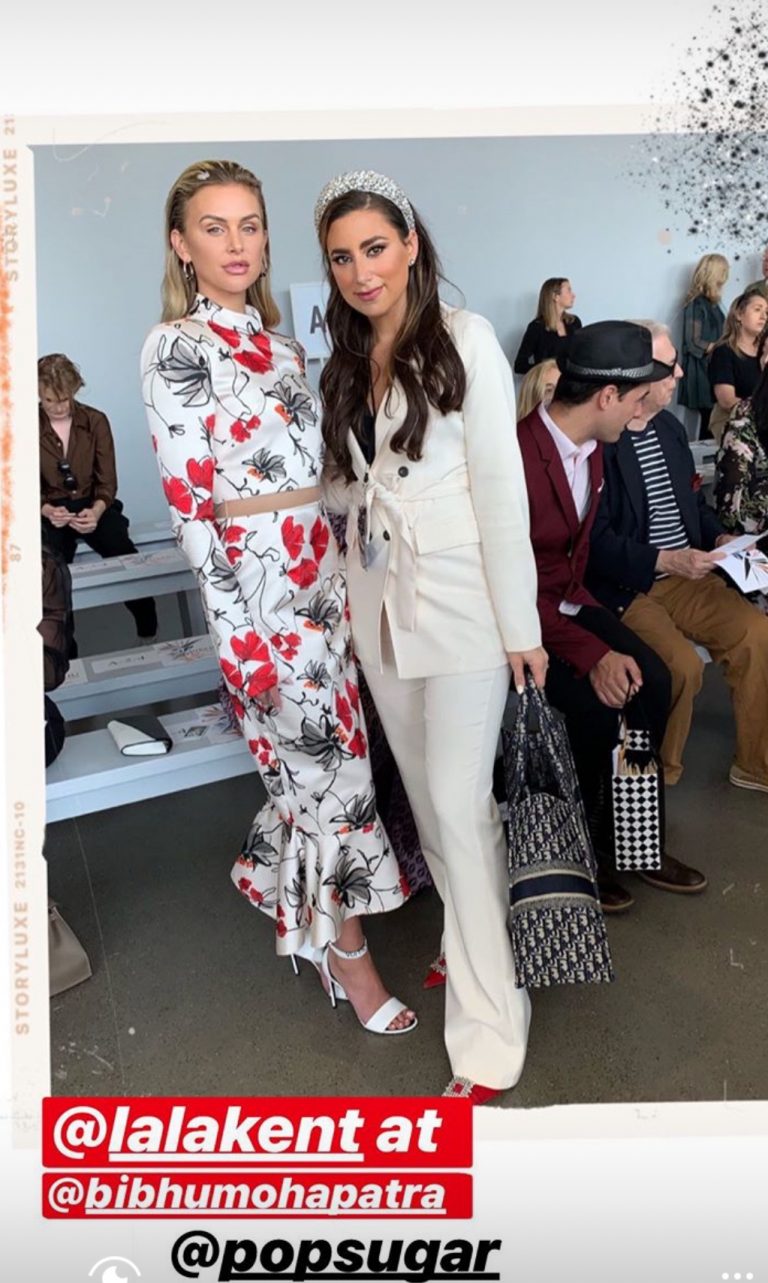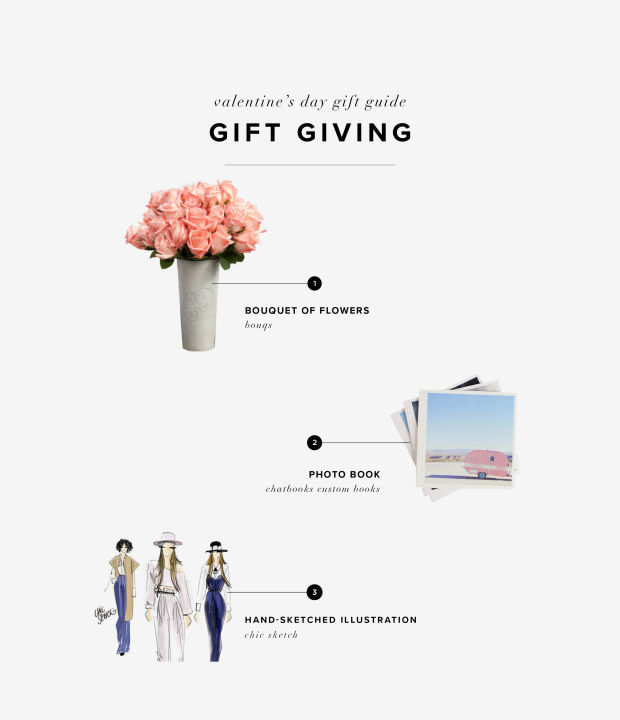By Manyesha Batist
Imagine a beauty store where customers are greeted by a robot that offers to direct them to specific products and answers their detailed questions. Imagine an online beauty store where customers have no need to go in-store to test products because its augmented- reality system allows them to test products without leaving the comfort of their home. And so they digitally try on and then purchase their products, confident that they will complement their skin tone. Imagine your beauty store being equipped to pick up on customers’ behaviors in ways that help you better support their shopping habits and product considerations.
Enter “user experience design,” also called UX, which includes today’s retail technology. The goal of UX within the beauty retail space is to enhance customer experience, whether online or in-store, in ways that bring greater ease and delight to the shopping experience. It can involve reducing the number of clicks it takes for a customer to make an online purchase to equipping your brick-and-mortar with digital signage and touchscreen kiosks. There are far too many retail technologies to list them all here, and the options continue to grow and evolve. In this introduction to UX, we cover five of today’s most relevant retail technology categories for your beauty store coming in the near future.
AUGMENTED REALITY
Augmented reality, also known as “AR,” is a technology that allows customers to try on products digitally and make purchases with confidence before ever actually touching the product. AR is dif- ferent from virtual reality in that virtual reality produces computer-generated or artificial environments. AR, on the other hand, overlays one’s actual physical environment with digital data. ModiFace apps, for example, use patented AR technology to allow users to experience makeup, hair and skin options in live 3D. As users look into the app, they can see how specific colors of lipstick or eye shadow, for example, blend with their skin tone, much like what they would see while applying makeup in the mirror.
“At the end of the day, it’s a worthy investment because augmented reality has been proven to increase sales for retailers,” says Lindsay Boyajian, chief marketing officer for Augment, which offers augmented reality solutions. “ModiFace reports that its virtual makeup mirror is increasing sales by 31 percent.”
AR enhances customer experience by providing personalized interactions with products, such as matching foundations to skin tone. It also keeps customers engaged with a retailer’s product, such as when a customer tries multiple lipsticks— which is likely to lead to a larger pur- chase. “For retailers, augmented reality helps drive online and in-store conver- sions,” adds Boyajian. And for shoppers, “it also removes the headache of having to return products because something online looked different when it arrived at their door.”
DIGITAL DISPLAY & TOUCH-BASED SOLUTIONS
Speaking of customer interaction and engagement, digital signage and touch- based systems also encourage customer attention and foster interaction. An illustra- tion of these types of interactive solutions might look like the following: A customer picks up a lipstick, which triggers a digital screen to present options she may want to explore, such as product information or an index of topics or even videos demonstrat- ing how the lipstick can be applied as a gloss, eye shadow or even blush. Such technologies help foster a greater depth of knowledge and experience with products.
“I think this is probably one of the best ways to use technology in beauty retailing. Up to now, we’ve really only had printed signage or takeaways that could show some benefit; but by using interactive touch systems, we can show the whole story of what a product can do for customers long-term,” says Nathan- iel Zich, president of Interactive Design Labs, which designs, engineers, installs and supports digital and touch systems.
Interactive technologies also allow retailers to discover information about customers that they weren’t necessarily interested in sharing. “[We] integrate with shoppers’ natural behavior, which is to pick up a product. (Touching a product actually makes them 40 percent to 60 per- cent more likely to purchase),” says Jamie Mandor-Glassman, vice president of mar- keting and business development at Perch Interactive, which offers interactive retail display technology. “Perch is able to read customers’ natural interaction with the product, respond with dynamic content and then report out metrics on everything customers are doing.”
APPS
It’s plausible that every single one of your customers has downloaded multiple apps and uses at least one of those downloads regularly. Apps allow retailers to interact with their customers both in and outside of the store. For example, certain apps can be used to notify customers of in-store promotions as they enter the store. Some apps can even tailor promotions to the individual customer. So, if Customer A generally buys a specific skincare product from your store, the app will notify her of pro- motions specific to her purchase history.
“Customer engagement leads to customer retention,” says Kevin Schrage, digital marketing manager for Bizness Apps, which builds apps for small businesses, including features such as loyalty programs, health and beauty diagnostic tools, reviews and more. “According to Rosetta Consulting, highly engaged customers buy 90 percent more often and spend 60 percent more per transaction.Mobile apps allow you to keep customers engaged with loyalty programs, push notifications, targeted promotions and more. You can also provide them with information about your products and services right at their fingertips.”
Engaging the customer includes delighting the customer—one of the characteristics of UX design—and this is what the Chic Sketch app does for customers. The app was cofounded by Emily Brickel Edelson, a published fashion illustrator, fashion designer and entrepreneur, and Jordan Edelson, who is also founder and CEO of Appetizer Mobile, a NYC-based app development firm and the parent company behind Chic Sketch. The app gives cus- tomers an opportunity to receive their very own beauty illustration, whether through an uploaded picture or via “striking a pose” at a live in-store event. The sketch is hand drawn on a digital tablet and time-lapse video allows the customer to watch the stroke-by-stroke creation of her beauty illustration as it’s being drawn by the fashion illustrator. But don’t let the fun fool you. This app has the power to lure customers into your store and have them promote your products. As an example, Sephora and Allure partnered with Chic Sketch to sketch customers who got their makeup done with a new Lancôme product. “Chic Sketch is changing the game in the way beauty products are shared on social media. Instead of a more forced and sometimes sponsored YouTube post, guests are sharing their beauty looks in new and genuine ways. Everyone does the selfie to promote product; we just elevate it!” say the Edelsons.
“Having a tool that constantly captures customer feedback is important for beauty brands focused on driving repeat purchase and long-term customer loyalty.” –Alex Vlasto, vice president of marketing for StellaService
Perfect Corp.’s YouCam Makeup app, on the other hand, aims to increase the trial rate of beauty retailers’ products, extend their social reach and gain deeper insights about customers via its app, which uses augmented reality and facial recognition technologies to give customers real-time makeovers on their mobile devices. “Our platform also helps beauty brands extend their social reach as users can create their own unique makeup looks using virtualized branded products, then share that complete look socially for others to try on their own faces,” says Adam Gam, vice president of marketing for Perfect Corp.
Some larger beauty retailers are already on board with these advanced technologies and are using them to their advantage. The Sephora app, which is among the most popular and effective beauty retailer apps, allows customers to shop at their convenience via mobile, book in-store appointments, try on beauty products digitally, receive exclusive promotions and peruse beauty content for inspiration. Its comprehensive features both delight and inform its customers.
KIOSKS
Allowing customers the immediate gratification of information at a moment’s notice, store kiosks may be a worthy investment. “Kiosks can provide a wide array of information, from basic pricing to product pairings and style guides to virtual try-ons. They enable retailers and brands to repurpose rich web content and enable self-service or guided selling techniques,” says Alex Goodwin, vice president of marketing and cofounder of Aila Technologies, which offers a comprehensive set of in-store devices, from associate handhelds to customer-facing kiosks. “Virtual try-ons using augmented reality not only reduce the amount of sampling-related product shrinkage, but can also increase cart size by recommending complementary products.” Gam of Perfect, which offers the YouCam Makeup Kiosk, adds, “The self-serve function allows retailers to serve more customers during peak times.”
ANALYTICS
Analytics tools, whether via mobile, kiosk or some other means, equip retailers with the information they need to draw customers back to their stores again and again. “Having a tool that constantly captures customer feedback, while simultaneously creating deeper customer connections is important for beauty brands focused on driving repeat purchase and long-term customer loyalty,” says Alex Vlasto, vice president of marketing for StellaService, which offers Stella Connect, a tool that enables brands to collect real-time feed- back from customer interactions. Stella Connect gathers customer information via feedback requests that are triggered by phone, email or live interactions with customers. “Subjective insights from customer feedback, for example, can be used to help develop training programs for front-line team members,” adds Vlasto.
RetailNext, an in-store analytics provider, uses Interior Analytics to show retailers what areas of the store customers are most drawn to and track the percentage of people who walk by a fixture or area and dwell there. “We can also map SKUs to fixtures and get dwell conversion, which is the number of times a SKU is purchased divided by the number of times someone dwelled at the SKU’s location. This can point out opportunities with the product.” This type of information helps retailers determine which products to dedicate limited “real estate” to, adds one of RetailNext’s directors of retail consulting, Lauren Bitar.
THE EVOLUTION OF BEAUTY RETAILING
Today’s beauty consumer is in constant interaction with technology, via a mobile phone, laptop computer or another connected device. She relies on its convenience and immediate gratification. And she depends on it for the expansive information it offers her. All of its “smart” features save her time, money and energy. And retail technologies offer her those same benefits. They enhance her shopping experience. Beauty retailers are no longer competing for just product offerings; they’re competing for customer experience—to see who can deliver the experience that keeps beauty customers coming back for more.
“Customers have more choice now than ever,” says Cos Bar CEO David Olsen. “They are smart, they are savvy and they have high expectations. It’s difficult to get a new customer but very easy to lose a customer. So for Cos Bar, having the best-in-class omnichannel experience is critical to our success and is part of our DNA.” The beauty retailer has been staying ahead of the curve. It’s currently testing out Stella Connect in its stores and is in the process of rolling out RetailNext into its entire fleet. “As we grow, it’s important for us to be armed with data to better inform our strategies and decision-making,” says Olsen. Cos Bar is also upgrading its mobile checkout and has plans to integrate touchscreens with product recommendations.
THE FUTURE
Remember the pictures painted for you at the beginning of this article, detailing a beauty store with a welcoming robot and customers who could test products without leaving their home? Well, that’s elementary compared to Zich of Interactive Design Labs’ vision of the future of beauty retailing. Imagine this: As you walk into the store, your phone recognizes that you’ve visited a store that’s connected to an app on your smart- phone. The app pushes a notification to the home screen of your phone, letting you know that there’s currently a promotion on the product you typically buy. You walk through an aisle of haircare products with a touchscreen that’s playing a loop of a woman’s hair and a timer showing the difference in color treatment. As you stop to watch, it says: “Watch it happen to your hair in real time.”
A small camera on the top of the unit begins to track your motion and applies a color filter to be able to see how your hair could look with the treatment. You can change the colors and shades of your hair. At the bottom right, there’s a tab to view a current special that’s running. You can’t resist trying the product out, so you add it to your basket and head to your original product destination.
As you walk toward the point of sale (POS), you notice a small digital display for a new sunscreen that loops through the ways that the product protects your skin. You stop and watch the video and grab a product sample.
Minutes later, you’re at the register with extra products in hand, checking out on a POS system that is tracking those products for which you’ll receive an email two weeks later (from your sign-up at your last visit) reminding you that you might be out of those products and that there’s a “bundle discount” waiting for you.
If the system detects that the email has not been opened, a text message is sent letting you know that you might be out of those products, and it links you to the nearest store to purchase more. There’s your beauty-retailing future.
Read the entire article at: http://beautystorebusiness.com/ux-and-future-beauty-retailing-0




